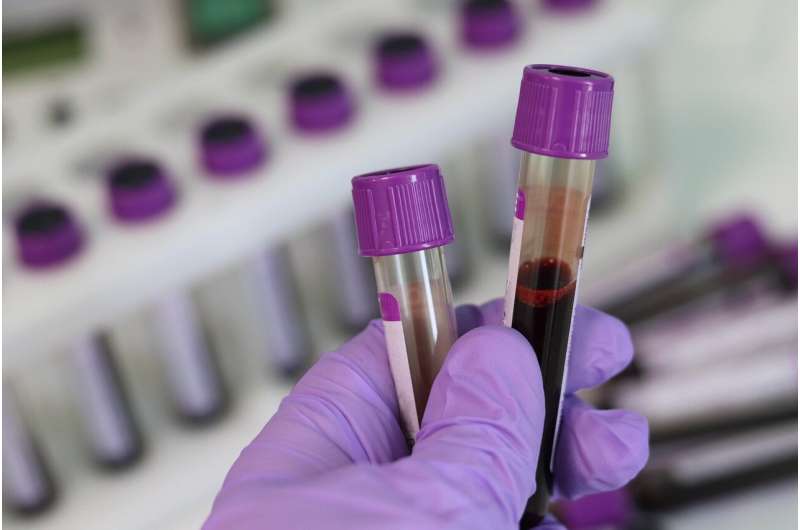Innovative Abdominal Tourniquet Device Enhances Survival for Women with Postpartum Hemorrhage

A new study reveals that the Abdominal Aortic and Junctional Tourniquet–Stabilized (AAJT-S) drastically improves control of postpartum hemorrhage, saving lives in emergency situations worldwide.
A groundbreaking study introduces a new approach to managing severe postpartum hemorrhage (PPH), which is the leading cause of maternal death worldwide. The research, published in the International Journal of Gynecology & Obstetrics, examines the use of the Abdominal Aortic and Junctional Tourniquet–Stabilized (AAJT-S), a device designed for emergency hemorrhage control. Led by Dr. Yevheniia Poliakova from Olexandrivska Hospital and Dr. Viktor Oshovskyy from Uniklinika Medical Center, the study involved four women experiencing uncontrollable bleeding due to uterine atony, despite receiving standard treatments like uterotonics and balloon tamponade.
The AAJT-S was applied to the abdomen of each patient, successfully halting bleeding in less than two minutes without device-related complications. The device features an inflatable, wedge-shaped bladder that, when expanded, compresses blood vessels and temporarily stops blood flow, providing crucial time for surgical intervention. It remained in place for up to 45 minutes, facilitating blood transfusions and preparations for definitive treatments.
This device’s portability and ease of use make it particularly valuable in low-resource settings, where delays in care can be fatal. Dr. Poliakova emphasized that the AAJT-S offers a new lifeline, especially in combat or disaster zones, by giving healthcare providers a critical window to stabilize patients.
In practical terms, the device can be quickly positioned over the umbilicus after delivery, inflates to occlude blood flow, and deflates when bleeding ceases. One patient was able to recover fully after device removal, avoiding surgery altogether, while others used it as a bridge to further care. Researchers highlight that early bleeding control is vital, and devices like the AAJT-S could significantly improve maternal survival rates globally.
Scott Dodson, CEO of Compression Works, noted that this innovation bridges trauma care and obstetrics, proving its potential as a universal hemorrhage control platform. The study underscores the importance of rapid, reliable interventions in emergency maternity care and demonstrates that solutions like the AAJT-S can be deployed effectively by minimally trained personnel, saving lives in critical moments.
In conclusion, this study signifies a major step forward in emergency obstetric management, especially for women facing life-threatening bleeding in resource-limited environments. The authors suggest that broader adoption of such devices could transform maternal health outcomes worldwide.
Stay Updated with Mia's Feed
Get the latest health & wellness insights delivered straight to your inbox.
Related Articles
Innovative Approach to In Vivo Blood Stem Cell Gene Therapy Discovered
Researchers have uncovered a critical early postnatal window to effectively deliver gene therapy directly into blood stem cells, offering new hope for treating genetic blood disorders in infants without invasive procedures.
What Science Reveals About Pet Allergies and How to Manage Them
Discover the latest scientific insights on pet allergies, their causes, symptoms, diagnosis, and effective management strategies to live comfortably with your pets.
The Role of FGF21 Hormone in Reversing Fatty Liver Disease
New research shows that the hormone FGF21 can effectively reverse fatty liver disease by signaling the brain to improve liver health and reduce fibrosis, opening new therapeutic possibilities.
Experts Warn That Prostate Screening Practices May Not Benefit Those Most in Need
New research investigates PSA testing practices in England, revealing overtesting and disparities that could lead to unnecessary treatments and increased healthcare costs. Experts call for clearer, evidence-based screening guidelines to enhance patient outcomes.



